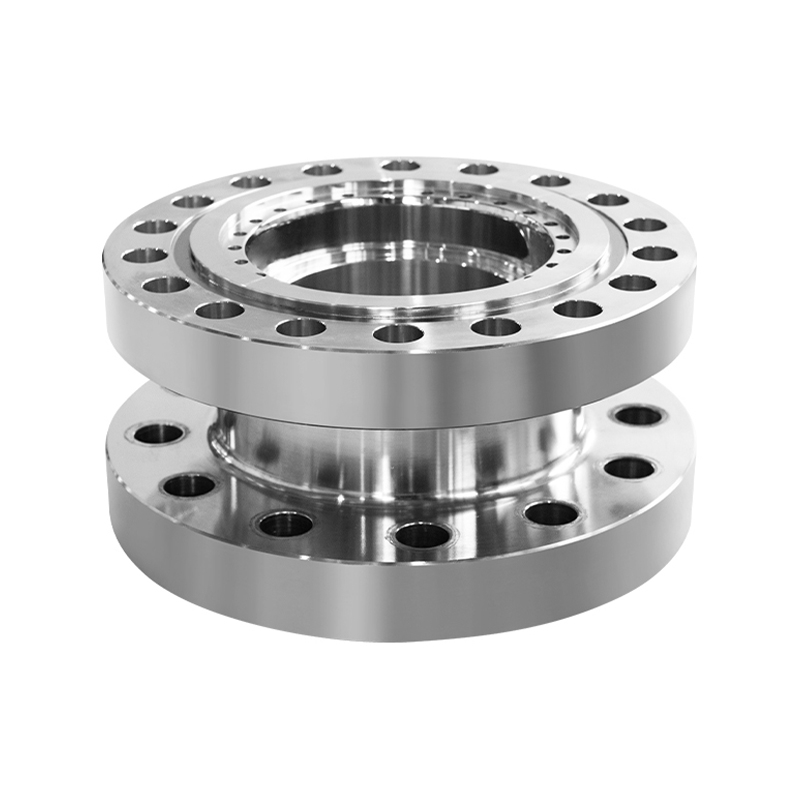The valve manufacturing industry has witnessed continuous innovation aimed at improving product performance, reducing maintenance requirements, and expanding the range of suitable applications. One key area of focus has been the design and development of cavity-filled valve components, especially within industrial ball valves used in demanding environments. This article explores the advancements in cavity-filled valve designs, with an emphasis on stainless steel flanged ball valves, extended stem ball valves, and 2 full port ball valve configurations.

Understanding Cavity-Filled Valve Design
Traditional ball valves may have internal cavities where media can accumulate during operation. In applications where cleanliness, hygiene, or media purity is critical, such as in food processing, pharmaceutical production, or chemical handling, this accumulation can pose serious operational and safety challenges. The cavity-filled design addresses this issue by less or reducing spaces where media can be trapped.
Cavity fillers, typically made of PTFE or similar materials, are inserted around the ball to create a smooth flow path that reduces the potential for residue build-up. This design helps reduce the risk of contamination, enhances cleaning efficiency, and contributes to longer service life by less wear due to trapped particles.
Stainless Steel Flanged Ball Valve with Cavity-Filled Components
One of the more popular configurations benefiting from cavity-filled designs is the stainless steel flanged ball valve. These valves are commonly used in applications requiring robust construction and resistance to corrosion. With cavity-filled seats, these flanged valves become suitable for sanitary applications and systems where cleaning-in-place (CIP) processes are essential.
The stainless steel body provides the strength and durability needed for high-pressure and high-temperature operations, while the cavity filler ensures that there are no dead zones for fluid retention. The flanged connection offers ease of installation and removal, especially in larger piping systems or environments where frequent maintenance is required.
Cavity-filled stainless steel flanged ball valves are now being utilized in industries such as brewing, dairy processing, water treatment, and chemical production. They have shown consistent performance in environments where hygiene and media integrity must be preserved without sacrificing operational reliability.
Extended Stem Ball Valve for Insulated and Buried Applications
Another area where cavity-filled components have found growing use is in extended stem ball valves. These valves are designed for use in insulated piping systems or underground installations where direct access to the valve body is not possible. The extended stem allows for operation above the insulation layer or ground level, while still providing the sealing and flow control benefits of the ball valve mechanism.
Incorporating cavity-filled seats into extended stem ball valves further enhances their utility, particularly in applications where temperature-sensitive media are transported. The cavity filler prevents residue build-up in the valve body, which is especially important in systems that may experience thermal cycling, condensation, or freezing conditions.
These valves are widely used in district heating, cryogenic lines, and tank farms. The combination of an extended stem and a cavity-filled seat makes them a practical choice for operators seeking to maintain consistent flow performance while requiring less maintenance in difficult-to-access areas.
2 Full Port Ball Valve and Cavity-Filled Innovation
The 2 full port ball valve, known for its unobstructed flow path and reduced pressure drop, is also a key beneficiary of cavity-filled component development. In this design, the ball opening matches the pipeline diameter, allowing for efficient flow of viscous or particulate media. Integrating cavity-filled seats into this type of valve enhances its performance in systems that demand cleanliness and small contamination risk.
2 full port ball valves with cavity fillers are commonly found in process systems where high flow rates and frequent cleaning cycles are required. The design reduces downtime for cleaning and prevents media accumulation that could otherwise advance to bacterial growth or product cross-contamination. When combined with corrosion-resistant materials such as stainless steel, these valves deliver consistent operation in both aggressive chemical environments and food-grade applications.
The integration of cavity-filled components into various valve designs has resulted in practical benefits across a wide range of industries. Whether in stainless steel flanged ball valves for hygienic processes, extended stem ball valves for buried or insulated systems, or 2 full port ball valves for high-flow applications, the cavity-filled approach helps address the needs of modern industrial fluid handling.
By focusing on cleaner, safer, and more efficient valve operation, manufacturers have developed products that align with the evolving demands of end users. As engineering practices and material science continue to advance, the role of cavity-filled valve components is likely to expand further, contributing to smarter and more resilient piping system designs.